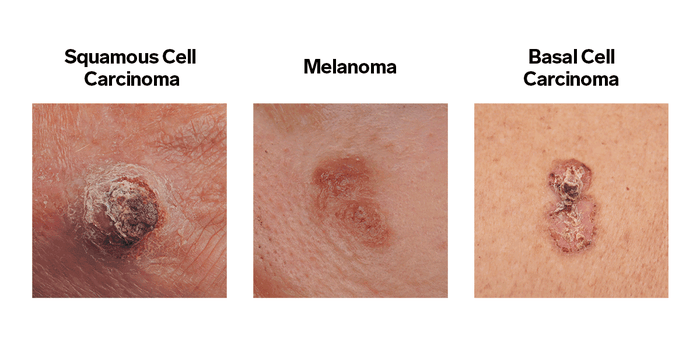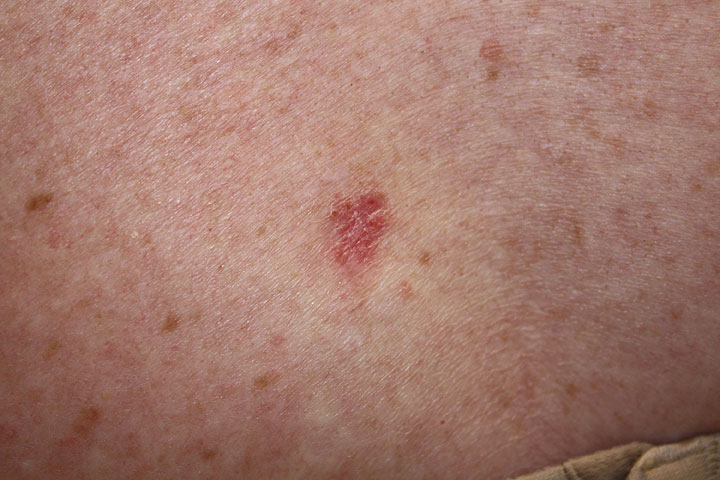Basal Cell Cancer Treatments

Surgery is the gold standard for treatment of high-risk basal cell cancer, with a 99.9% cure rate and only a 1% chance of recurrence. During the surgery, the doctor removes the tumor while leaving a small safety margin so that only cancer cells are removed. This type of surgery is time-consuming and expensive, and is reserved for patients with larger or deeper tumors. But if you have the disease, you should know about your options.
While surgery can be a viable option, many patients who are unable or do not wish to undergo surgery may be better served by alternative therapies. Curettage and electrodesiccation are alternatives to surgery, which involve scraping off a portion of the cancer and freezing it with liquid nitrogen. The other main option is to have the tumor surgically excised. This treatment is particularly effective for tumors that are difficult to remove or have poor margins. Moreover, radiation therapy may also be an option if the cancer spreads.
Surgery is the first option for treatment of basal cell cancer, and may be combined with other therapies. Depending on the location and size of the tumor, the size of the incision and scar will vary. The cancer’s location will also affect how long it takes to heal. Traditional tumor excision is an option for treating large or poorly-defined tumors. The procedure removes the tumor and normal skin tissue, but leaves a small margin for the tumor to grow.
Surgical excision is a common treatment for basal cell carcinoma. Although surgery can be very invasive, it is an important component of the treatment for this condition. Invasive surgeries can leave a large scar, but they are often not suitable for large tumors. However, if the tumor is too small to be surgically removed, radiation therapy is another option. Regardless of treatment, recovery time will depend on the type of therapy used and the severity of the disease. Detailed information about rehabilitation and recovery after cancer treatment can be found at https://cedaw-seasia.org/health/.

Surgery is the first treatment for basal cell carcinoma. However, if you are unable or unwilling to have surgery, you may be given an alternative treatment. Alternative treatment options include curettage and electrodesiccation. The latter involves scraping the base of the tumor with an instrument called a "curette", while electrodesiccation involves piercing the base of the tumor with an electric needle. These methods are often used for small basal cell carcinomas. Other treatments include radiation therapy, which uses high-energy rays to kill cancer cells.
Surgery is the mainstay of treatment for basal cell carcinoma. It is an effective way to remove the cancer and ensure minimal scarring. It also has the lowest recurrence rate. Cosmetic surgery is often necessary if the tumor is too large to be removed with a blade. Depending on the type of treatment, patients may need skin grafts. A combination of these treatments may be the best option for them.
Surgery is the primary treatment for basal cell carcinoma. It involves scraping out the tumor with a medical device. It is the most effective method of treatment with the lowest recurrence rate. Depending on the type of cancer, surgeons try to achieve the best cosmetic result. This can be a disfiguring process if treatment is delayed or the tumor grows back. So, you should be sure to schedule a consultation with a dermatologist to discuss the various options available to you.
Excision is the most common method for treating basal cell cancer. The doctor will use high-energy sound waves to burn off the cancer and the surrounding healthy skin. Then, a dermatologist may perform an electrocautery procedure to remove the tumor and the surrounding normal skin. This treatment is effective for small lesions, but it may not work on aggressive BCCs. Generally, the recovery time varies depending on the type of treatment chosen and the severity of the condition.
Surgery is the most common treatment for basal cell cancer. The cancer is removed surgically with a surgical device, which provides the lowest recurrence rate of any treatment. While this method is effective for small and inoperable basal cells, it may not be able to treat larger tumors. During the surgery, the doctor will usually burn the affected area and leave a round, white scar. In some cases, the tumors are too large to be treated, so a surgeon may perform a skin graft to cover them.